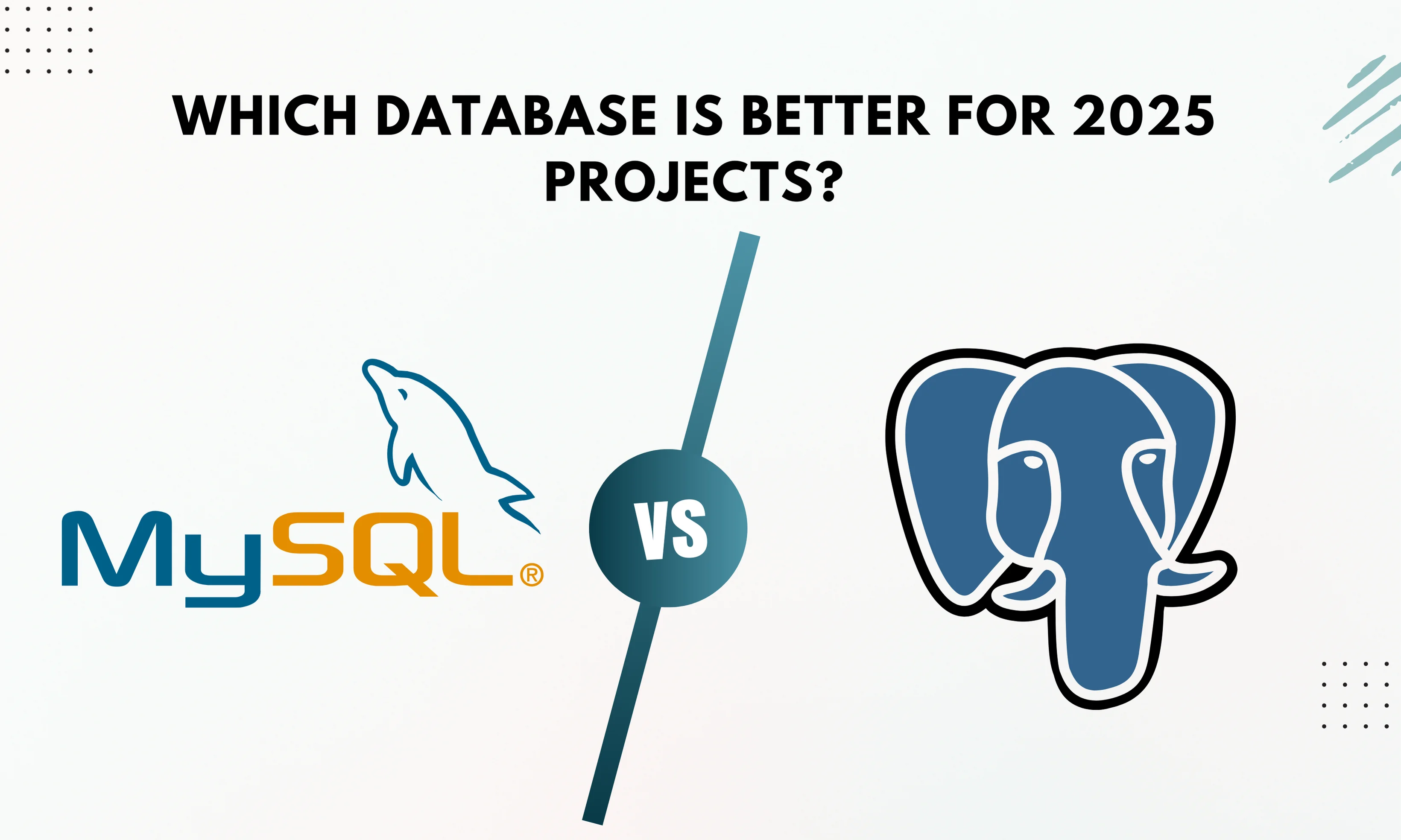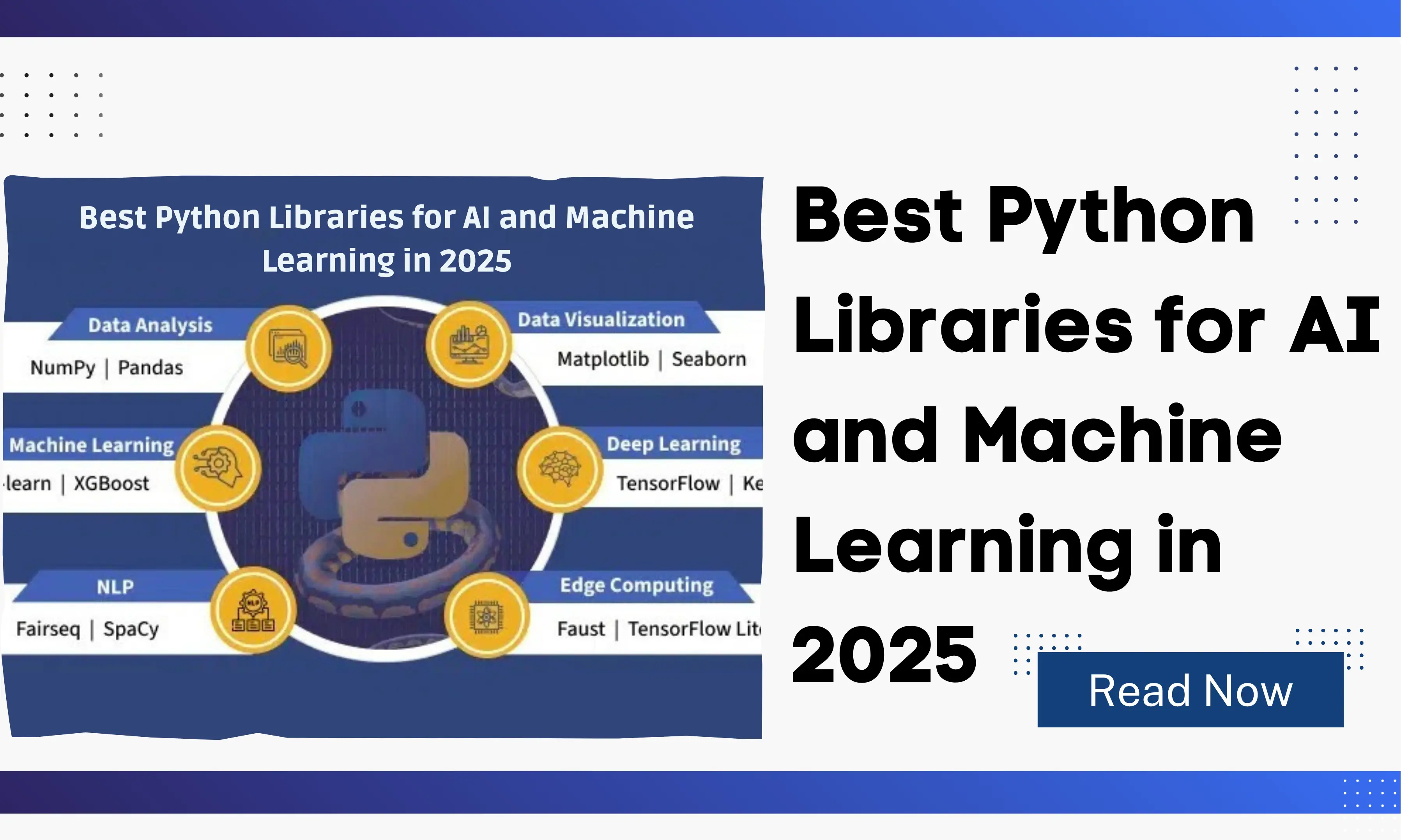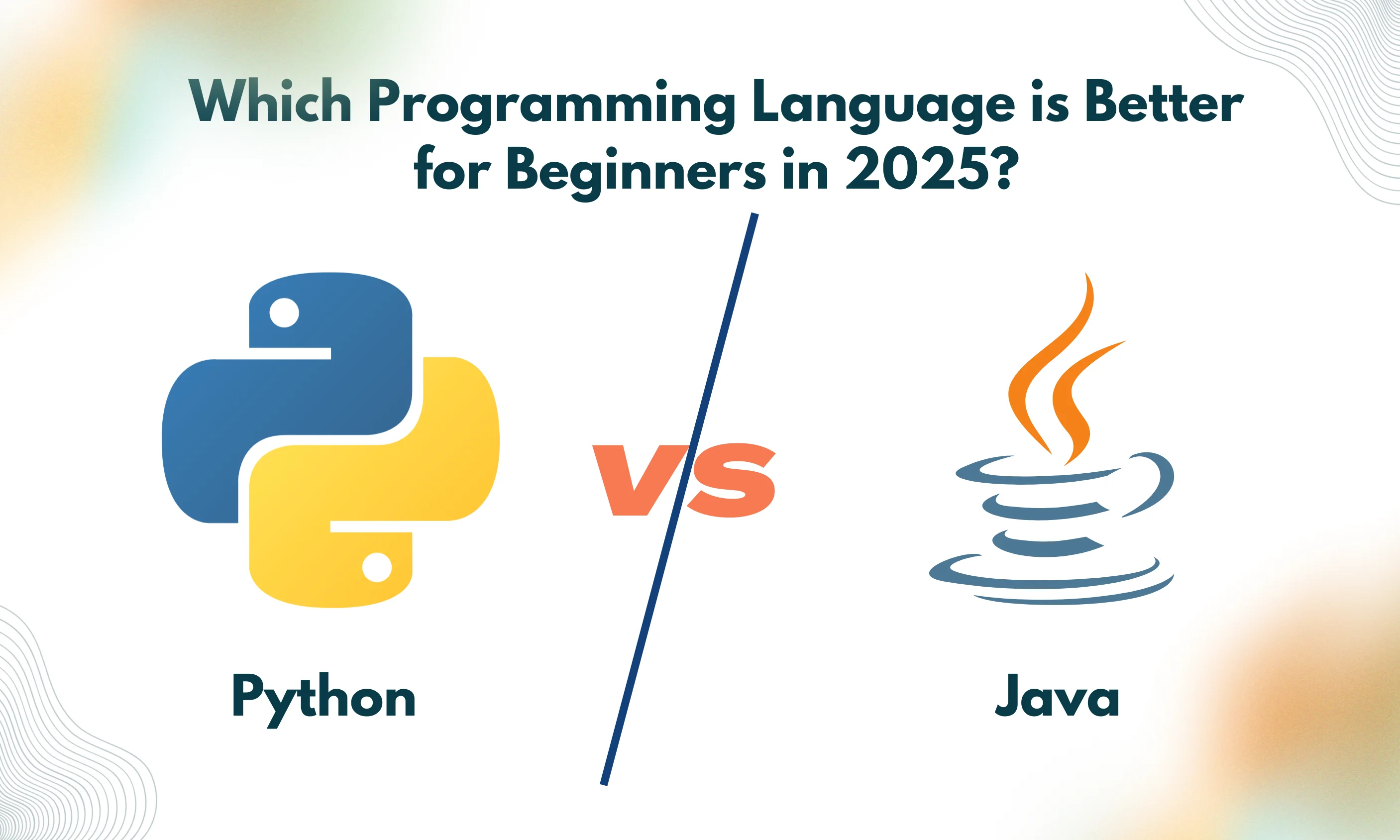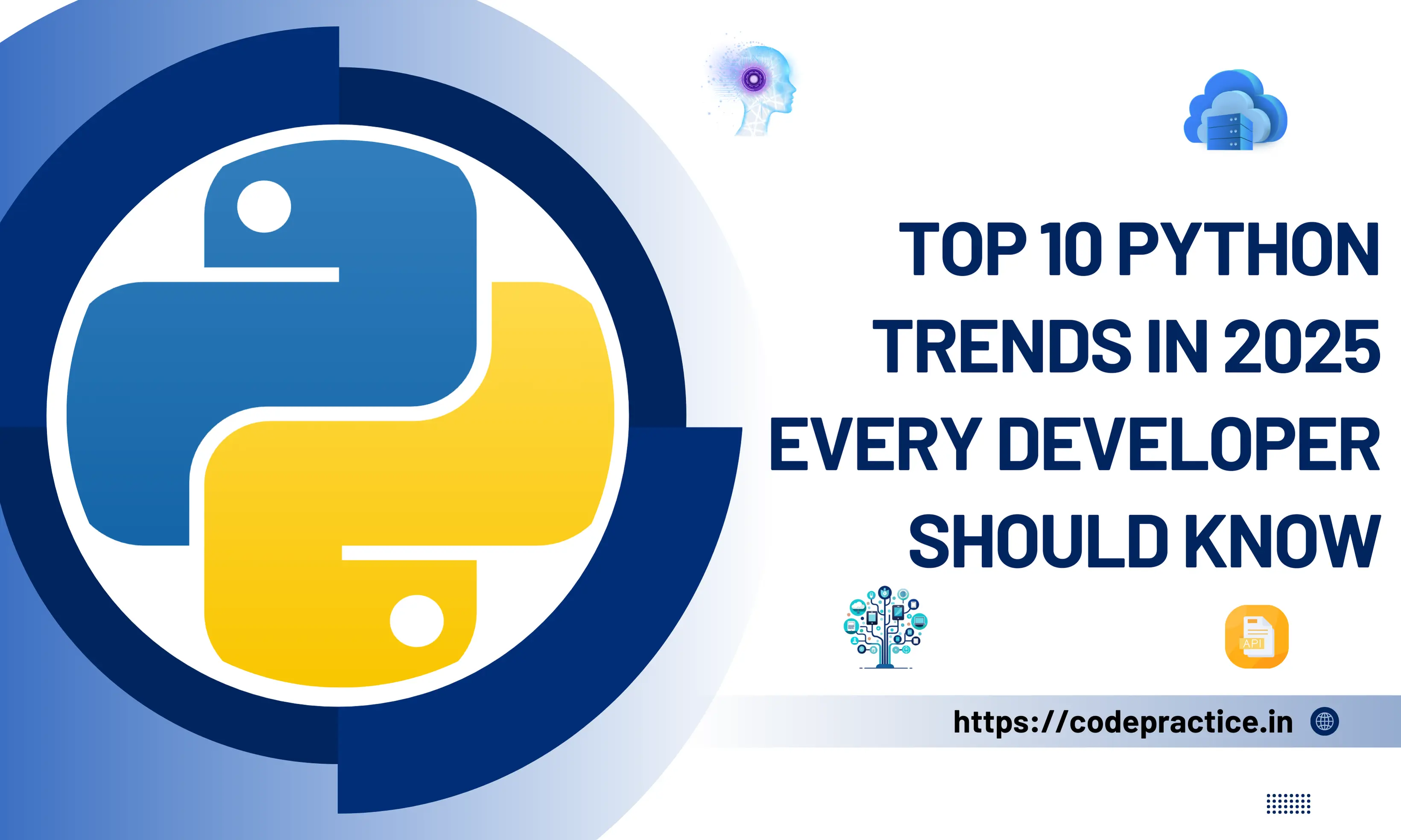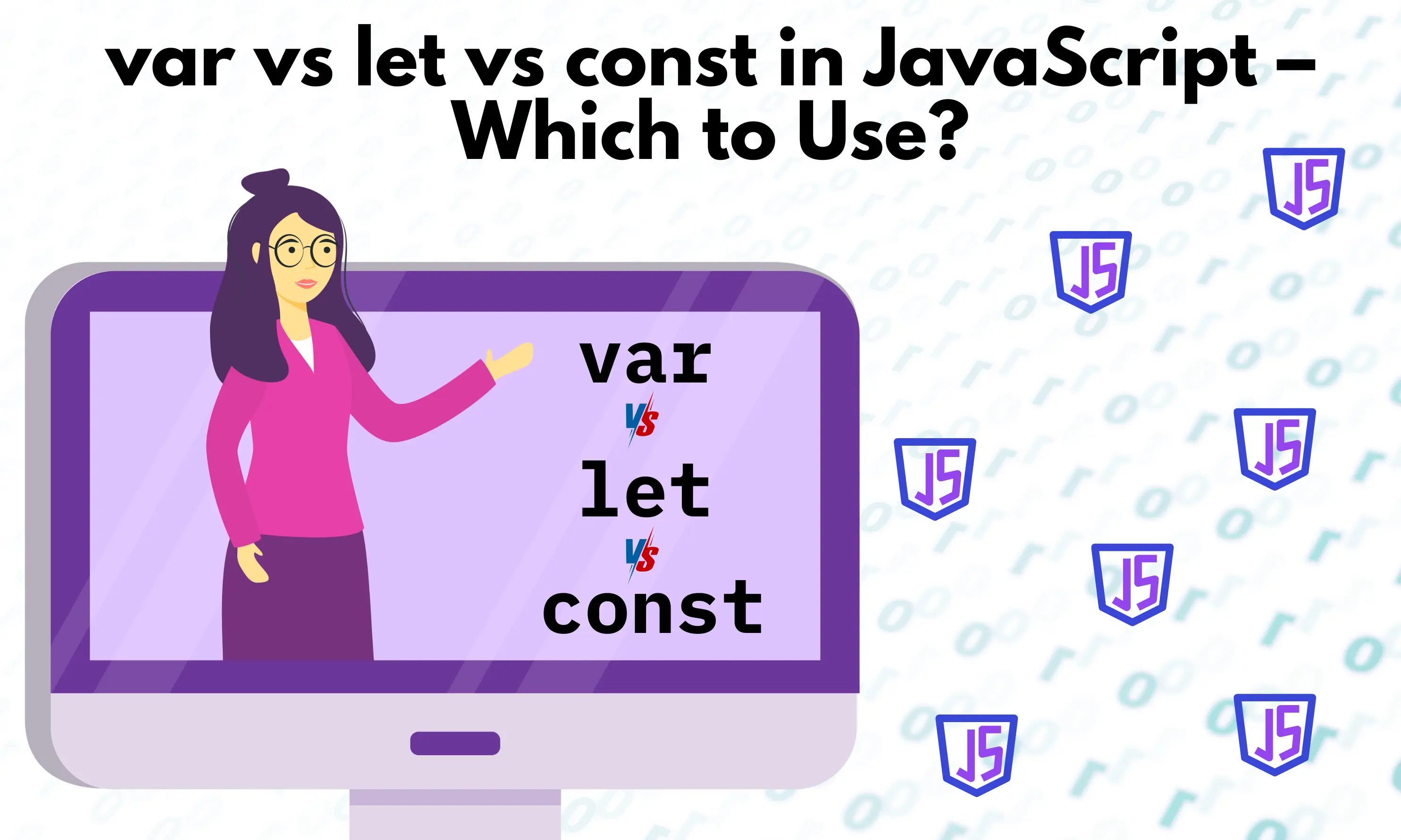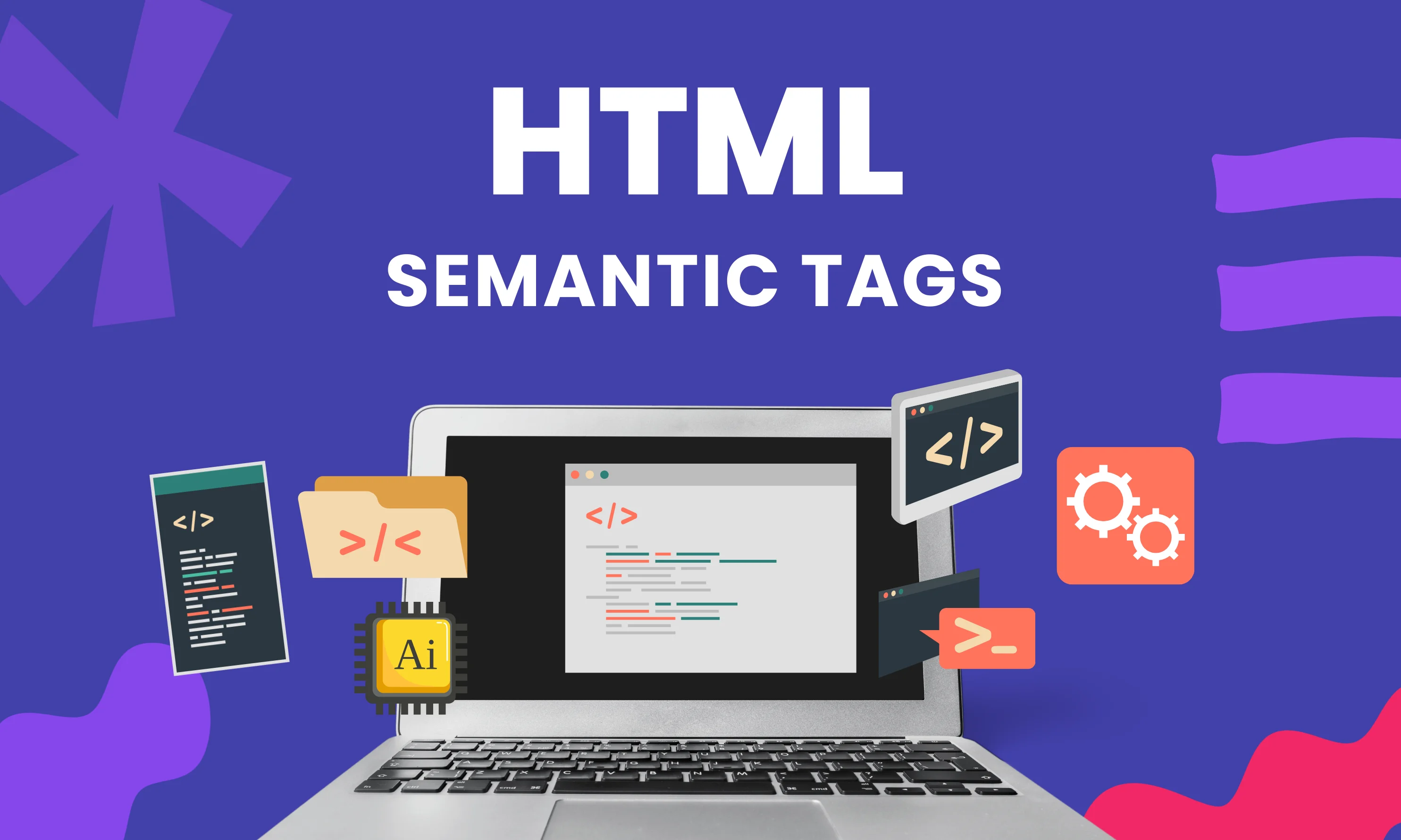-
Hajipur, Bihar, 844101
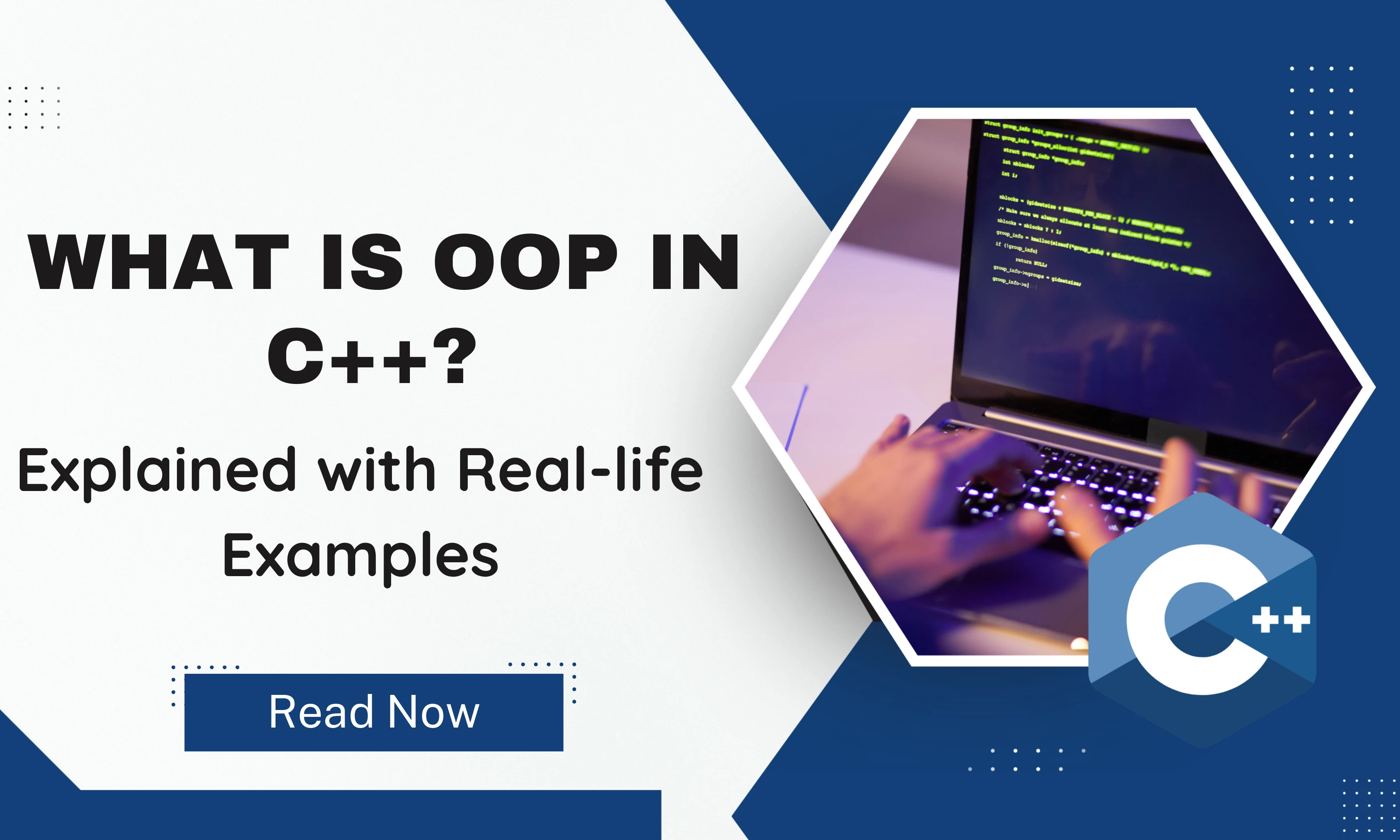
What is OOP in C++? Explained with Real-life Examples
If you have just started learning C++ programming, sooner or later you will come across the term Object-Oriented Programming (OOP). For many beginners, the phrase itself sounds like something complicated and too technical. But in reality, OOP is not scary at all. Once you understand it, you’ll realize it is one of the most natural ways of thinking about and writing code.
C++ is a language that supports both procedural programming and object-oriented programming, which makes it very powerful. Procedural programming focuses on writing instructions step by step, while OOP allows you to think in terms of real-world entities. If you want to design systems like a banking application, an e-commerce website, or even a video game, OOP will make your life easier because it models your code in a structured way.
In this blog, we’ll explore what OOP in C++ means, why it’s important, and how you can use it effectively. We’ll dive deep into its main concepts, look at code examples, connect them to real-life scenarios, and also talk about best practices. By the end, you’ll have a solid understanding of why OOP is considered the backbone of modern C++ programming.
What is Object-Oriented Programming (OOP)?
At its core, Object-Oriented Programming (OOP) is a way of writing software that revolves around objects rather than functions or logic alone.
Let’s put it simply: The world around us is full of objects. Think about a car, a dog, a smartphone, or even yourself. Each object has:
-
Attributes (data or properties):
For a car → color, speed, model, fuel type.
For a person → name, age, height. -
Behaviors (methods or functions):
For a car → accelerate, stop, turn.
For a person → walk, eat, talk.
This is exactly how OOP works in C++. Instead of writing code in one long sequence, you create classes that act as blueprints and then create objects (actual instances) from them.
Procedural programming tells the computer “how to do something step by step.”
OOP tells the computer “what this object is, and what it can do.”
That difference is huge when you’re building large, complex software systems.
Core Concepts of OOP in C++
To truly understand OOP, we need to learn its five main pillars:
-
Class & Object
-
Encapsulation
-
Abstraction
-
Inheritance
-
Polymorphism
Let’s go step by step.
1. Class and Object in C++
A class is a blueprint or template. It defines the structure but does not create anything by itself. An object is an actual instance of that blueprint.
👉 Real-world example:
Think about a blueprint of a house (class). You can create many actual houses (objects) from that blueprint, each with slight variations like different colors or furniture.
#include <iostream>
using namespace std;
class Car {
public:
string brand;
int speed;
void accelerate() {
cout << brand << " is accelerating at " << speed << " km/h" << endl;
}
};
int main() {
Car car1;
car1.brand = "Tesla";
car1.speed = 100;
car1.accelerate();
Car car2;
car2.brand = "BMW";
car2.speed = 120;
car2.accelerate();
}
Here, Car is the class. car1 and car2 are objects. Both share the same blueprint but have their own properties.
2. Encapsulation in C++
Encapsulation means combining data and methods inside a single unit (class) and protecting that data from direct external access. It’s like placing data inside a secure box and only exposing controlled functions to interact with it.
👉 Real-life example:
An ATM machine. You don’t see the entire banking system when you withdraw money. You only see the interface (deposit, withdraw, check balance). The sensitive details stay hidden.
#include <iostream>
using namespace std;
class BankAccount {
private:
double balance;
public:
BankAccount(double initialBalance) {
balance = initialBalance;
}
void deposit(double amount) {
balance += amount;
}
void withdraw(double amount) {
if(amount <= balance) {
balance -= amount;
} else {
cout << "Insufficient balance!" << endl;
}
}
double getBalance() {
return balance;
}
};
int main() {
BankAccount account(1000);
account.deposit(500);
account.withdraw(300);
cout << "Current Balance: " << account.getBalance() << endl;
}
Here, the balance variable is private, meaning it cannot be accessed directly from outside the class.
3. Abstraction in C++
Abstraction means hiding the internal details and showing only the necessary features to the user.
👉 Real-life example:
When you use a coffee machine, you only press buttons like “Espresso” or “Cappuccino.” You don’t need to know how water pressure, temperature, and grinding happen inside.
#include <iostream>
using namespace std;
class CoffeeMachine {
public:
void makeEspresso() {
cout << "Making Espresso..." << endl;
}
void makeCappuccino() {
cout << "Making Cappuccino..." << endl;
}
};
int main() {
CoffeeMachine machine;
machine.makeEspresso();
machine.makeCappuccino();
}
The user doesn’t need to know what goes on inside the machine; they only see the methods.
4. Inheritance in C++
Inheritance allows a new class to take properties and behaviors from an existing class.
👉 Real-life example:
A Vehicle class can have general features like speed and fuel. Car, Bike, and Bus classes can inherit from Vehicle and add their own unique behaviors.
#include <iostream>
using namespace std;
class Vehicle {
public:
void start() {
cout << "Vehicle started!" << endl;
}
};
class Car : public Vehicle {
public:
void honk() {
cout << "Car is honking!" << endl;
}
};
int main() {
Car myCar;
myCar.start(); // Inherited from Vehicle
myCar.honk(); // Defined in Car
}
Inheritance reduces redundancy because common code lives in the parent class.
5. Polymorphism in C++
Polymorphism means “many forms.” The same function can behave differently depending on the situation.
Compile-time Polymorphism (Function Overloading)
#include <iostream>
using namespace std;
class Math {
public:
int add(int a, int b) {
return a + b;
}
double add(double a, double b) {
return a + b;
}
};
int main() {
Math m;
cout << m.add(5, 10) << endl;
cout << m.add(5.5, 2.3) << endl;
}
Run-time Polymorphism (Virtual Functions)
#include <iostream>
using namespace std;
class Shape {
public:
virtual void area() {
cout << "Calculating area..." << endl;
}
};
class Circle : public Shape {
public:
void area() override {
cout << "Area of circle: πr²" << endl;
}
};
int main() {
Shape* shape;
Circle circle;
shape = &circle;
shape->area();
}
👉 Real-life example: A payment system with Credit Card, UPI, and Cash methods. Same interface, different behaviors.
Advantages of OOP in C++
Now let’s see why programmers love OOP:
-
Reusability of Code – Inheritance allows us to use old code in new projects.
-
Data Security – Encapsulation ensures sensitive data is hidden.
-
Easier Maintenance – Well-structured code is easier to debug and extend.
-
Scalability – Projects can grow without becoming messy.
-
Real-World Modeling – It is easier to simulate real-world scenarios.
Real-Life Examples of OOP in C++
Let’s connect everything we learned with practical use cases.
Example 1: Bank Account System
class Account {
private:
string owner;
double balance;
public:
Account(string o, double b) : owner(o), balance(b) {}
void deposit(double amount) { balance += amount; }
void withdraw(double amount) { if(amount <= balance) balance -= amount; }
void display() { cout << owner << " Balance: " << balance << endl; }
};
👉 This system uses Encapsulation to secure balance.
Example 2: School Management System
class Person {
public:
string name;
int age;
};
class Student : public Person {
public:
string course;
};
class Teacher : public Person {
public:
string subject;
};
👉 Here, Inheritance avoids repetition.
Example 3: E-commerce Application
-
Product class → name, price
-
Customer class → details of buyer
-
Payment polymorphism → card, UPI, cash
This example shows how OOP makes it easy to design large systems.
Common Misconceptions About OOP
-
OOP is always slower: Not true with modern compilers.
-
Everything must be a class: Wrong. Use classes only when logical.
-
C++ is fully OOP: False. It’s a hybrid language (supports both procedural and OOP).
Best Practices for Using OOP in C++
-
Keep classes focused on one job (Single Responsibility).
-
Use private/protected for sensitive data.
-
Prefer composition over inheritance when possible.
-
Avoid deep inheritance hierarchies.
-
Write clean, modular, and reusable code.
Conclusion
Object-Oriented Programming in C++ is more than just a way of writing code. It’s a way of thinking. Instead of seeing everything as instructions, OOP lets you see the world in terms of objects, their properties, and behaviors.
We discussed its main pillars—classes & objects, encapsulation, abstraction, inheritance, and polymorphism—with examples like cars, ATMs, school systems, and e-commerce apps. These real-life analogies make it easy to understand why OOP is so powerful.
The biggest advantage of OOP is that it allows us to write secure, reusable, and scalable code. That’s why almost every large project, from operating systems to business applications, relies heavily on OOP principles.
So, if you’re learning C++, don’t just memorize syntax. Think in terms of objects. Try modeling real-world systems into classes and objects. With practice, you’ll master OOP and build professional-grade applications with confidence.
Frequently Asked Questions (FAQs)
Q1: What are the four main principles of OOP in C++?
The four main principles are Encapsulation, Abstraction, Inheritance, and Polymorphism. These concepts help in writing structured, reusable, and secure C++ programs.
Q2: Is C++ a fully object-oriented programming language?
No, C++ is a hybrid language. It supports both procedural programming and object-oriented programming, giving developers the flexibility to use either or both approaches.
Q3: What is the difference between a class and an object in C++?
A class is a blueprint that defines data and methods, while an object is an instance of that class. Multiple objects can be created from a single class.
Q4: Why is OOP important in C++?
OOP makes C++ programs easier to maintain, more secure, and closer to real-world modeling. It allows code reusability and scalability for large applications.
Q5: Can you give a real-life example of OOP in C++?
Yes. A Bank Account system is a good example. The class defines properties like balance and methods like deposit or withdraw, while each account object represents a real customer.
Related Tags:
OOP in C++
Object oriented programming C++
C++ OOP examples
Encapsulation in C++
Inheritance in C++
Polymorphism in C++
Abstraction in C++
OOP concepts C++ explained
C++ OOP tutorial
Benefits of OOP in C++
C++ class and object examples
Encapsulation vs abstraction C++
Learn OOP C++
Practical OOP in C++
Hi, I’m Bikki Singh, a website developer and coding language trainer. I’ve been working on web projects and teaching programming for the past few years, and through CodePractice.in I share what I’ve learned. My focus is on making coding simple and practical, whether it’s web development, Python, PHP, MySQL, C, C++, Java, or front-end basics like HTML, CSS, and JavaScript. I enjoy breaking down complex topics into easy steps so learners can actually apply them in real projects.
Related Blogs
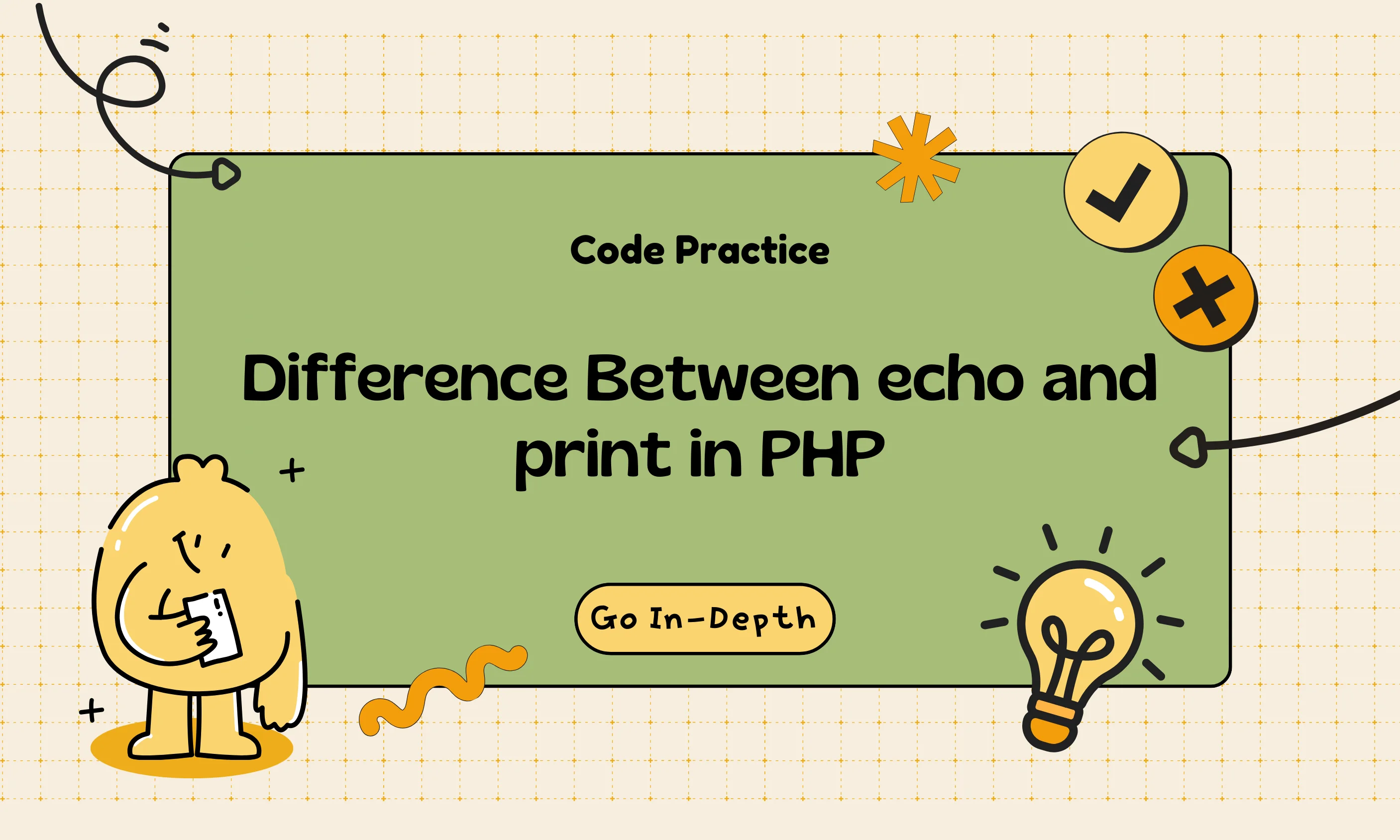
20 August 2025
Difference Between echo and print in PHP
Learn the key difference between echo and print in PHP. Explore syntax, return values, speed, real-world examples, and FAQs in this beginner-friendly guide.

11 September 2025
What is OOP in C++? Explained with Real-life Examples
Learn what OOP in C++ is through clear real-life examples. Understand classes, inheritance, encapsulation & more. Start coding smarter today!
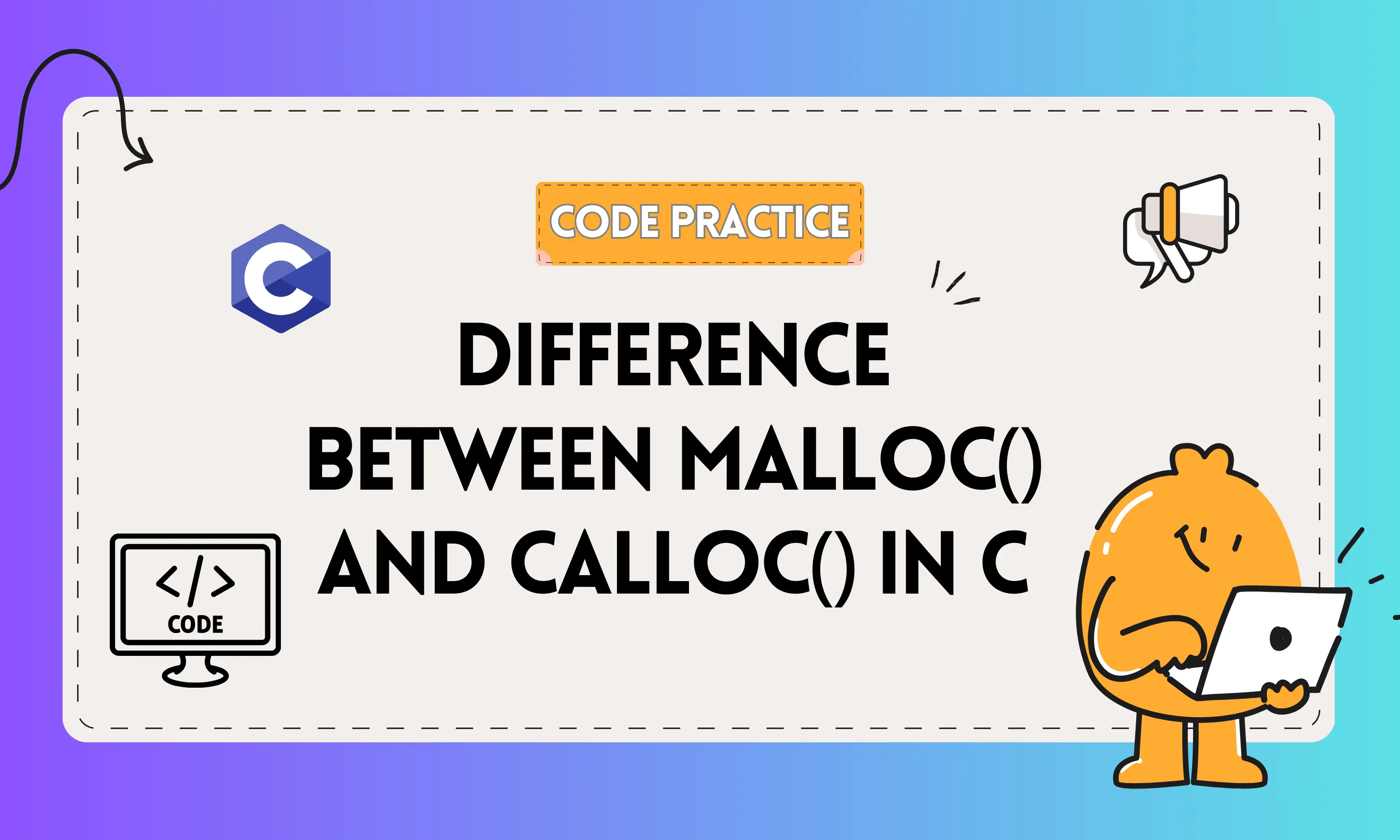
25 August 2025
Difference Between malloc() and calloc() in C Programming
Learn the key differences between malloc() and calloc() in C programming with real-world examples, memory allocation concepts, and performance insights.
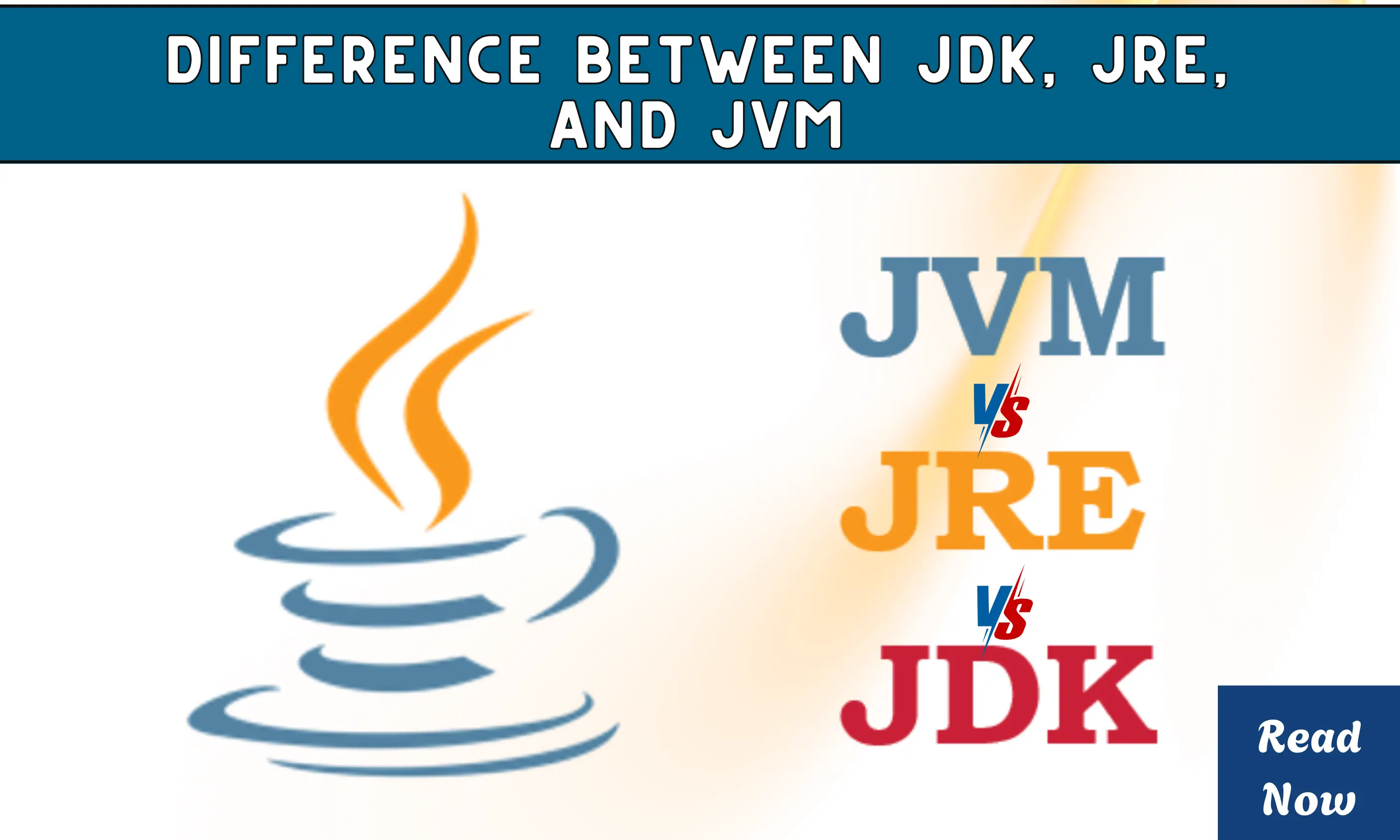
11 September 2025
Difference Between JDK, JRE, and JVM in Java for Developers
Confused about JDK, JRE, and JVM in Java? Learn the clear difference with examples, diagrams, and comparisons. Perfect guide for Java developers and students.

15 September 2025
Bootstrap vs Tailwind in 2025: Which CSS Framework Should Developers Choose?
Bootstrap vs Tailwind in 2025: Compare coding examples, pros and cons, performance, and real-world use cases to pick the best CSS framework for your project.
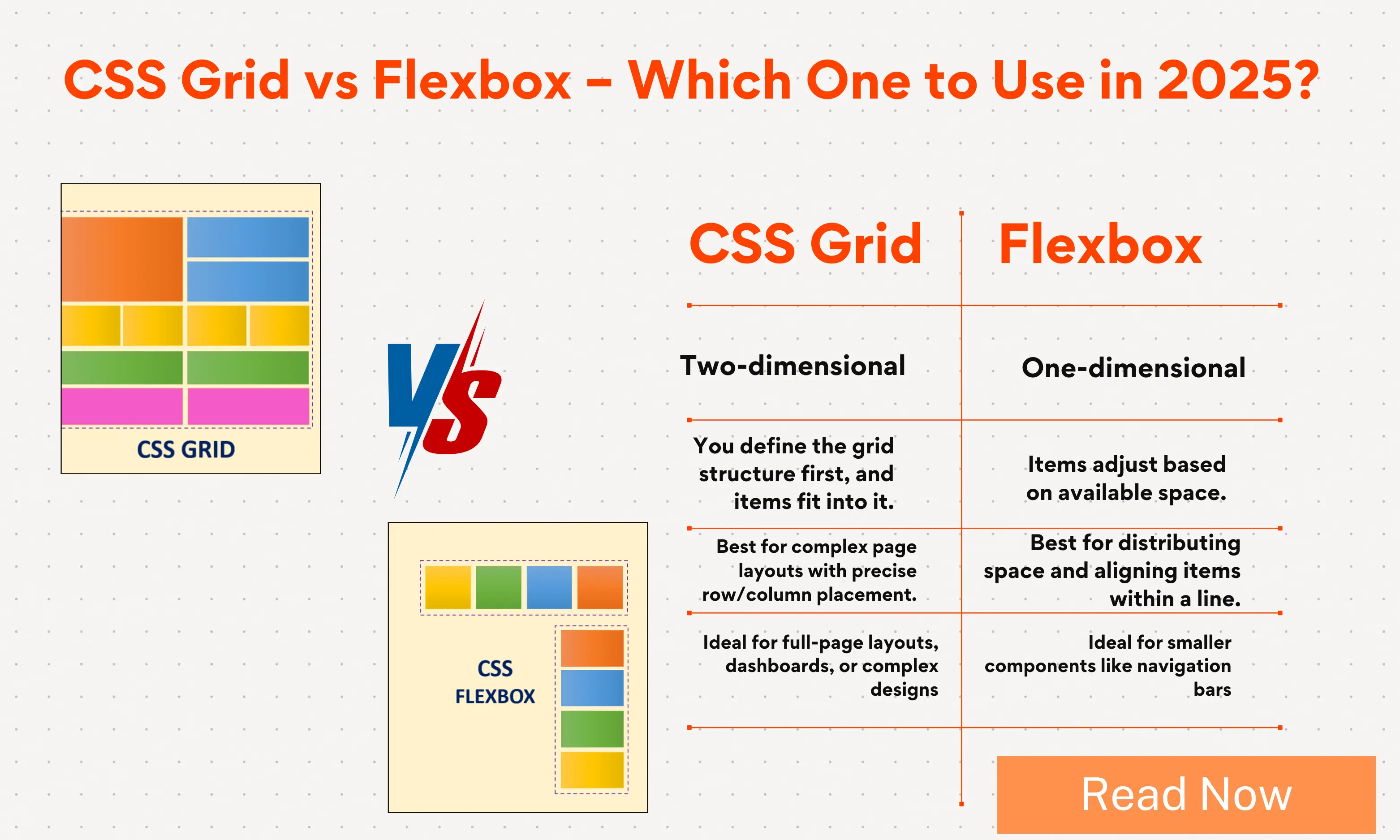
11 September 2025
CSS Grid vs Flexbox – Which Layout Should You Use in 2025?
Learn the difference between CSS Grid and Flexbox in 2025. Discover when to use each, real-world examples, and best practices for modern responsive layouts.

